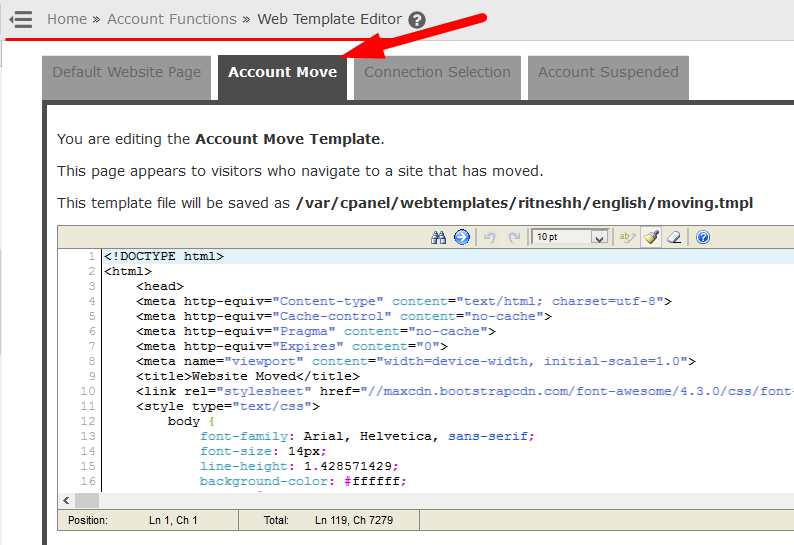As a luxury car owner, maintaining your vehicle's condition is of utmost importance. It is a symbol of your social standing and financial position, and it also provides a comfortable and pleasant driving experience. However, maintaining a luxury car is not an easy task; it requires specialized knowledge, expertise, and a lot of effort. In this post, we will discuss some uncommon ways to maintain your luxury car and keep it in top-notch condition.
1. Regularly clean your luxury car's exterior

The first step to maintaining your luxury car is to keep it clean and shiny. A dirty car not only looks bad, but it also damages the paint and lowers its resale value. You should regularly wash your car with high-quality car shampoo and soft mitts to avoid scratches. A weekly car wash is recommended, but you should wash it more frequently if you frequently drive in dusty or dirty environments.
2. Use high-quality cleaning products

When it comes to maintaining your luxury car's interior, using high-quality cleaning products is essential. Cheap and low-quality cleaning products may damage the leather, the dashboard, and other interior parts. Always use specially designed cleaning products for your luxury car, and avoid using household cleaning products. You should also use cleaning products that do not contain harsh chemicals that may harm your car's interior.
3. Regularly check the oil level

The engine is the heart of your luxury car, and it needs constant attention and care. Regularly checking the oil level is one of the most critical steps in maintaining your car's engine. You should check the oil level at least once a month or before a long drive. If the oil level is low, add the appropriate type of oil. If you are not comfortable checking the oil level yourself, take your car to a certified mechanic.
4. Monitor the tire pressure

The tires are an essential component of your luxury car, and their maintenance is crucial. Monitoring the tire pressure is one of the simplest yet most effective ways to maintain your tires. Underinflated tires can cause accidents, reduce fuel efficiency, and damage the tire's sidewalls. Overinflated tires, on the other hand, can cause the tires to wear out quickly and negatively impact the driving experience. Check your tire pressure at least once a month and adjust it accordingly.
5. Keep up with regular maintenance schedules

Regular maintenance schedules are crucial for maintaining your luxury car's condition and performance. These schedules include oil changes, filter replacements, and other critical services. You should follow the maintenance schedule recommended in your luxury car's owner manual to ensure the car's optimal performance and prolong its lifespan.
Conclusion
Maintaining your luxury car requires specialized knowledge, expertise, and attention to detail. Following these uncommon ways to maintain your luxury car will not only keep it in top-notch condition but also enhance your driving experience. Regularly cleaning your car's exterior, using high-quality cleaning products, checking the oil level, monitoring the tire pressure, and keeping up with regular maintenance schedules are just a few ways to maintain your luxury car. Remember, the little things matter and can make all the difference for the longevity and performance of your luxury car.











































